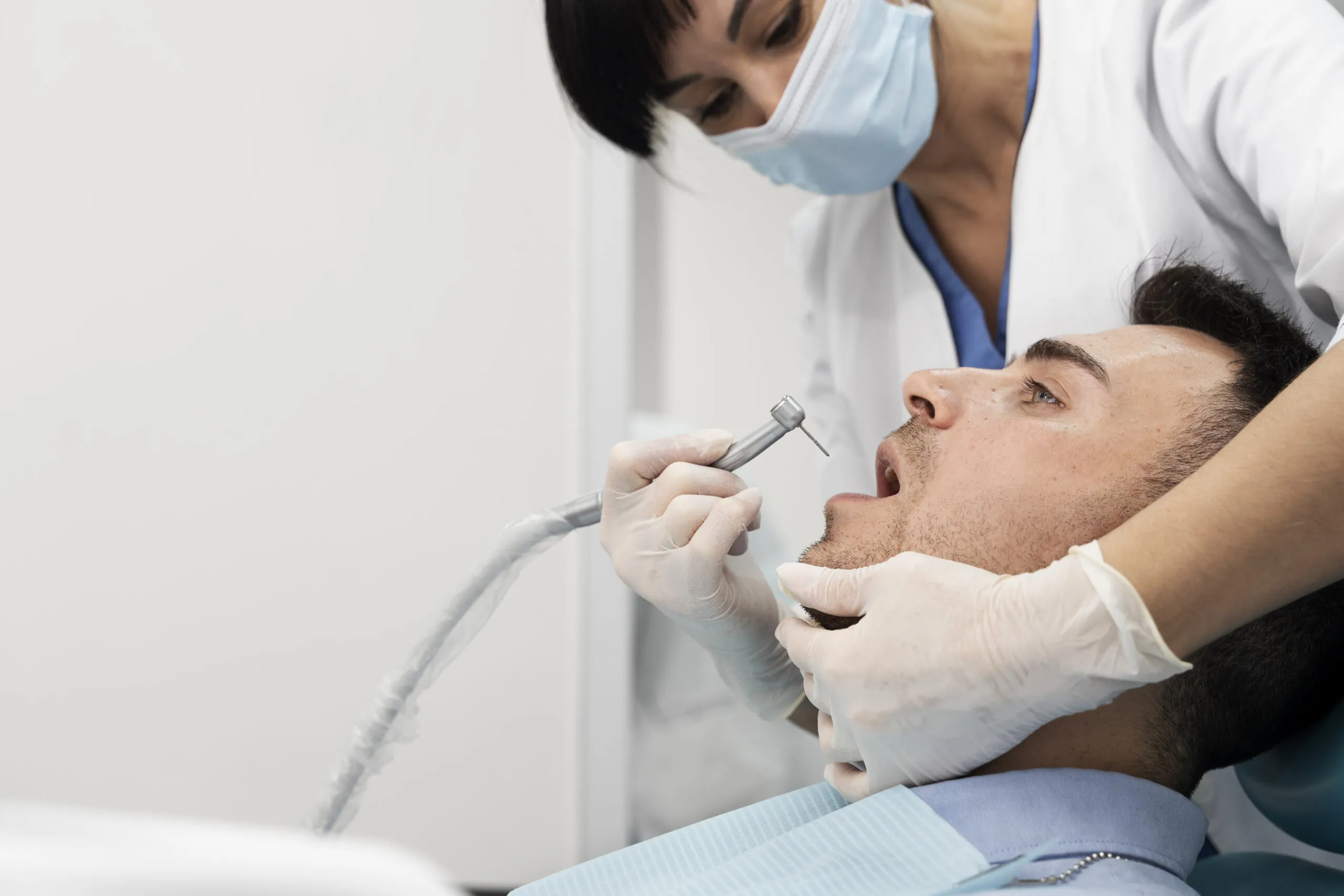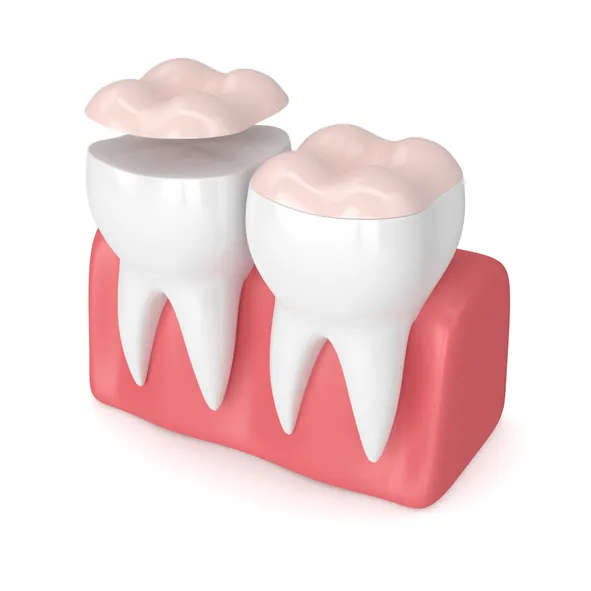Inlays & Onlays
Restoring Smiles, Enhancing Lives

Everything About
Inlays/Onlays In Citrus Heights
What Are Dental Inlays and Onlays?
Inlays and onlays are dental restorations that fix damaged teeth. These treatments serve as a middle ground between simple fillings and stronger treatments like crowns. The choice between an inlay or an onlay depends on the extent and location of the tooth damage. Inlays restore damage inside the tooth, while onlays repair damage on the tooth’s surface. Both dental inlays and onlays help dentists restore damaged teeth without requiring a full crown. Custom-made to fit the tooth, they fill areas that have been hurt, worn, or decayed. Dentists typically use inlays and onlays for molars and premolars, which are teeth used for biting. These treatments extend the lifespan of a damaged tooth, allowing patients to continue using it for eating and talking.
Dental Inlays
Dental inlays are commonly made from ceramic, porcelain, or resin composite. They are designed to fit precisely into a cavity caused by damage or decay. Compared to fillings, inlays are stronger and offer a more durable solution for restoring damaged or decayed teeth. Additionally, inlays can be customized to match the natural color of your teeth, making them a discreet option for treating larger dental issues.
Dental Onlays
What Do Inlays & Onlays Treat?
Dentists use inlays and onlays to treat tooth decay, deterioration, or erosion when a simple filling isn’t sufficient but a crown is unnecessary.
Inlays are typically used to treat large cavities located between the cusps of a tooth. Onlays, on the other hand, can address both decay and other issues, such as damaged cusps from excessive wear or acid erosion. Both treatments restore the tooth’s shape and help prevent further damage.
Inlays, Onlays, and Crowns: Understanding The Differences
The primary difference between an inlay and an onlay lies in the location of the restoration. An inlay fits into the center of the tooth, replacing the pits and fissures. An onlay, however, covers at least one tooth cusp and may also restore the pits and fissures in some cases.
A dental crown, on the other hand, covers the entire tooth, including the biting surface and all sides. Crowns offer comprehensive coverage and may even change the tooth’s shape if necessary. However, placing a crown requires removing a significant amount of the tooth structure. Inlays and onlays are more conservative options. They offer similar benefits to crowns but allow patients to preserve more of their natural tooth.

3 Reasons You Might Need Inlays & Onlays
- Large Cavities
- Fractured or Cracked Teeth
- Damaged Tooth Cusps

3 Reasons You Might Need Inlays & Onlays
- Large Cavities
- Fractured or Cracked Teeth
- Damaged Tooth Cusps
How can we help you?
Frequently Asked Questions
Most patients report little to no discomfort during the procedure.

